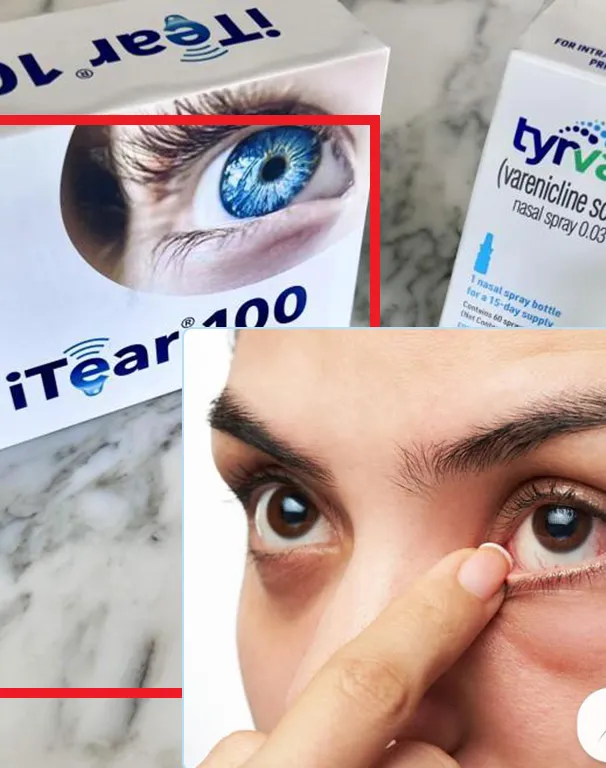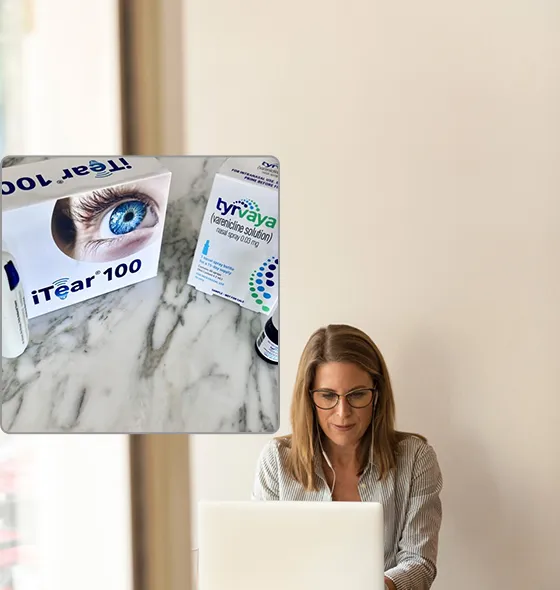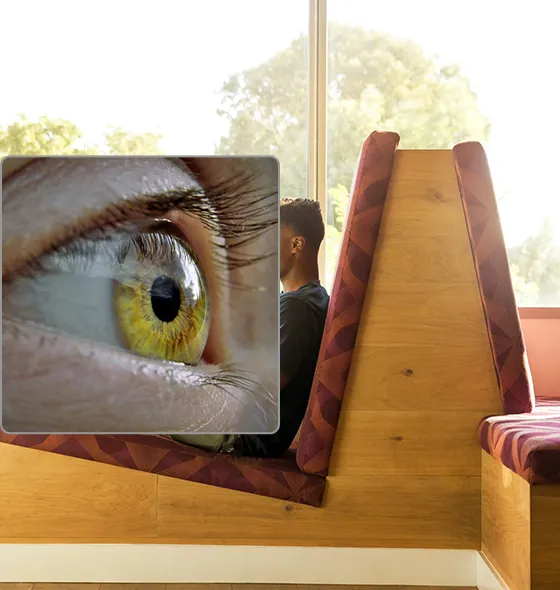Promote natural tear production and eye health with blinking exercises, hydration, a balanced diet, and avoiding eyestrain to maintain clear vision
Promoting natural tear production through eye health techniques, mitigating common issues, and providing solutions for comfort and clear vision enhancement, especially with aging.
What is Dry Eye
Explore the causes of dry eye, its symptoms, and effective treatment options to alleviate discomfort and improve eye health.
Click HereTypes of Dry Eye
Explore the different forms of dry eye disease, learn about symptoms and delve into effective treatment options for long-term relief.
Click HereDry Eye Science
Unlock the latest breakthroughs in dry eye research, including innovative treatments and insights that promise relief for sufferers. Dive in now!
Click Here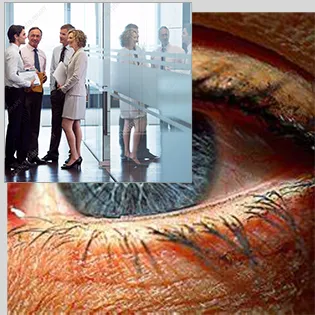
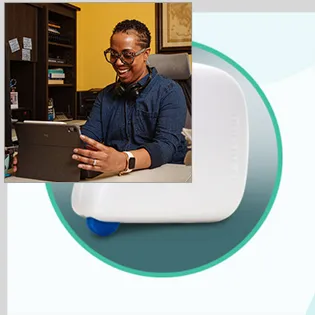
Stimulate Natural Tear Production, Enhance Vision, and Alleviate Discomfort with Eye Care Solutions; Tip for Aging Eye Health
Promoting natural tear production to enhance vision, relieve discomfort, and maintain eye health, especially in aging, using effective eye care techniques
Invest in your eye health with tear activation techniques.
- Tear Activation Techniques: Innovative eye care solutions to stimulate natural tear production for optimal ocular hydration
- Stimulating tear production methods, such as blinking exercises, hydration, environmental modifications, and use of artificial tears, for maintaining optimal eye health
Enhance vision and alleviate eye discomfort by promoting natural tear production, maintaining eye health, and aging through personalized eye care solutions
Promote natural tear production through safe eye care techniques, enhancing vision, combating common eye issues, and providing aging-related discomfort relief
Increase natural tear production with Eye Care Solutions, benefiting ageing eye health, alleviating discomfort, enhancing vision, maintaining clarity and common eye issues relief
Promote Eye Health and mitigate Common Eye Issues with Tear Activation Techniques.


